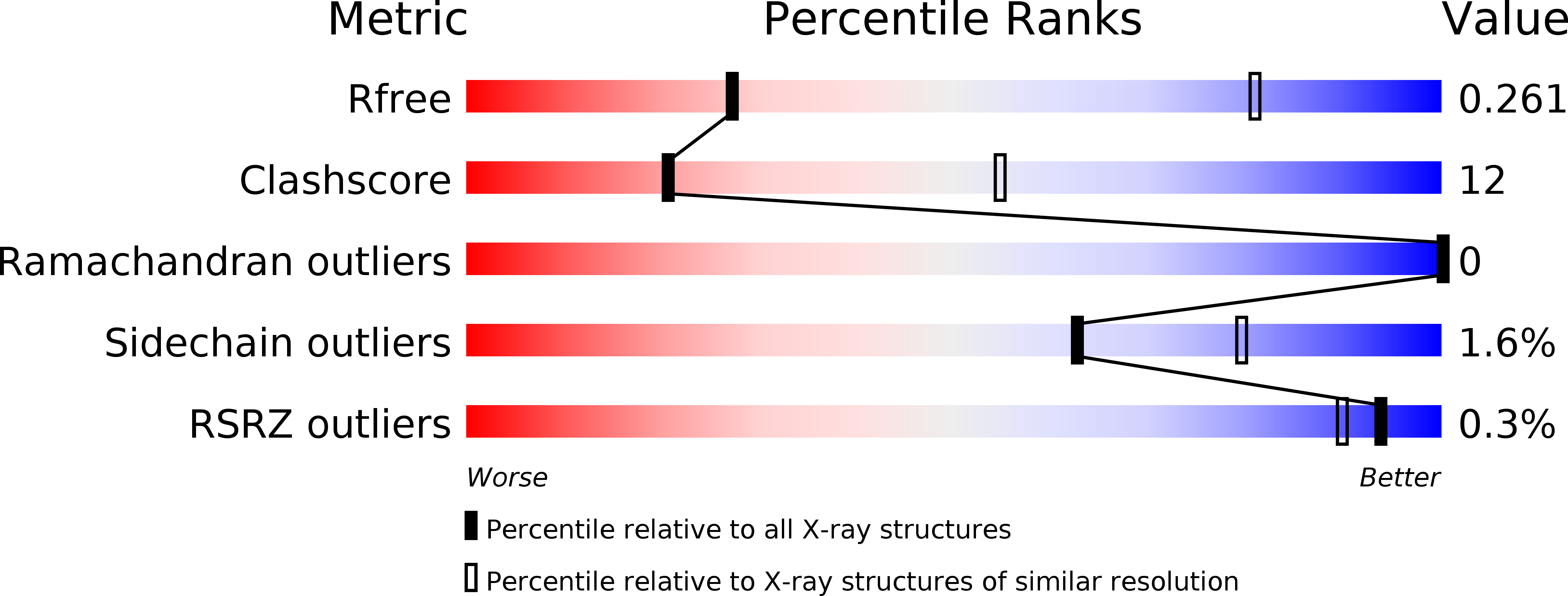
Deposition Date
2011-04-27
Release Date
2011-06-15
Last Version Date
2023-12-20
Entry Detail
PDB ID:
2YHB
Keywords:
Title:
Crystal Structure of the N. crassa QDE-2 AGO MID-PIWI Domains
Biological Source:
Source Organism:
NEUROSPORA CRASSA (Taxon ID: 5141)
Host Organism:
Method Details:
Experimental Method:
Resolution:
3.65 Å
R-Value Free:
0.25
R-Value Work:
0.23
R-Value Observed:
0.23
Space Group:
P 63 2 2


